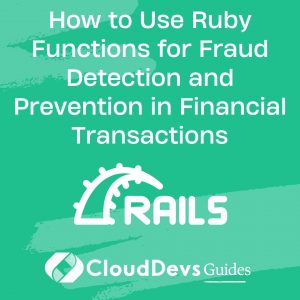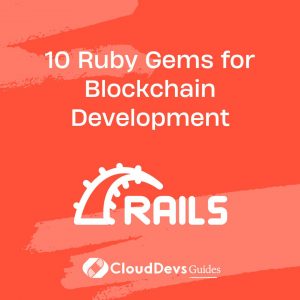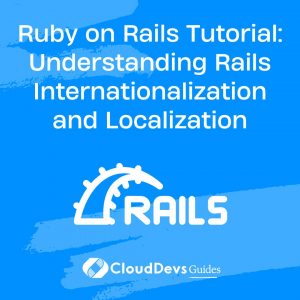How to implement multi-tenancy in Rails?
Multi-tenancy is a software architecture pattern that allows multiple customers or “tenants” to use a single instance of an application while ensuring that each tenant’s data remains isolated. This is particularly valuable for SaaS (Software as a Service) applications. In the Rails ecosystem, there are several approaches to implement multi-tenancy:
- Schema-Based Multi-Tenancy:
– In this approach, each tenant gets their own schema within the same database. PostgreSQL, with its support for schemas, is a popular choice for this.
– The `Apartment` gem facilitates schema-based multi-tenancy. After adding the gem to your Gemfile and running `bundle install`, you can configure it to switch between schemas based on subdomains or domains.
- Database-Based Multi-Tenancy:
– Each tenant gets its own database. This approach might be overkill for small applications, but it provides the highest level of data isolation.
– The downside is the overhead of managing multiple databases, making backups, and migrations more complex.
- Scoped Data Multi-Tenancy:
– Here, all data resides in the same database and schema. Every table that contains tenant-specific data has a `tenant_id` column (or equivalent), ensuring data isolation at the application level.
– Implementing this manually requires diligence, ensuring every query scopes data by the current tenant. Frameworks like `ActsAsTenant` gem can make this easier.
- Subdomain-Based Tenant Identification:
– One common pattern is to identify tenants by subdomains. For instance, `tenant1.example.com` and `tenant2.example.com` might represent different tenants. This can be achieved using Rails’ routing constraints.
- Middleware for Tenant Context:
– Using middleware ensures that the tenant context is set up early in the request lifecycle and available throughout the application.
When implementing multi-tenancy, consider security implications. Ensure data leakage doesn’t occur between tenants. Testing plays a pivotal role in this, so make sure to have thorough tests covering multi-tenant scenarios. Depending on the nature and scale of your application, choose an approach that aligns with your requirements and infrastructure capabilities.







